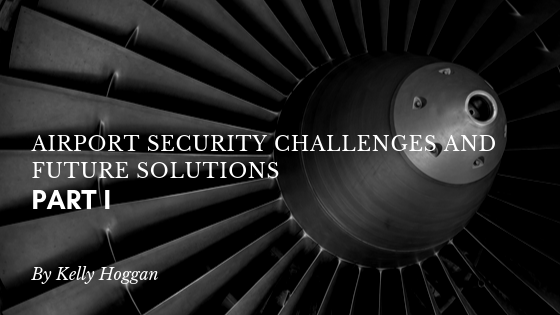This article was originally published on H4-Solutions.com.
_
According to the Statista website, commercial airlines carried an estimated 4.3 billion passengers on scheduled flights in 2018, with more than 4.5 billion people anticipated to fly in 2019. In 2009, nearly 2.5 billion passengers flew commercially, meaning airlines and airports have seen a passenger traffic increase of 80 percent, or 2 billion people, over the last 10 years. The increase in airline passenger traffic brings many challenges with it, such as just how airports, aviation security companies, and government transportation security agencies will efficiently handle so many travelers.
In truth, airports are already bursting at the seams in terms of passenger traffic, and airports and airlines will need to be at the top of their game to handle billions more passengers annually. Airport and aviation security infrastructure will also present significant challenges to airports in the future, especially those in the U.S.
Consider that the last major American airport, Denver International, opened for business more than two decades ago. Also, three of the six busiest airports in the world are found in the U.S., with no current plans to expand them visible on the horizon. The global air travel picture is better when it comes to other nations’ airports, fortunately. China alone has four dozen new airports in development, while other countries are also opening new aviation facilities as quickly and as safely as they can.
As noted, how increased airline passenger traffic will be smoothly and efficiently processed through airport security checkpoints poses an urgent problem. Fortunately for airports and airlines as well as government transportation security agencies, improved aviation security technologies now exist. These technologies can serve as a stopgap to enhance passenger security screening numbers until more a more permanent security infrastructure, especially regarding permanent facilities, is created.
In the U.S., the Transportation Security Agency has been working on several passenger screening technology improvements. Facial recognition and advanced imaging technologies, to name just two initiatives, hold the promise of being able to process many more airline passengers through TSA checkpoints than is currently the case. TSA has also rolled out automated screening lanes, or ASLs, at over 16 major airports, with more to come as the technology proves itself. These ASLs incorporate an array of innovative technologies that not only enhance the passenger security experience but also provide better security faster. Many of the screening functions that were previously performed manually are now completed via automated processes, and with very impressive accuracy rates.
Overseas as well as in the U.S., other technologies that are greatly speeding passenger security screening and reducing lines include Thruvision’s next-generation people screening products. The company’s TSA-vetted and approved technologies can process between 500 and 2,000 people per hour, depending on associated consolidate operations (“Con-Ops”). The system also detects all types of prohibited items, no matter how small or discretely concealed they are. What’s particularly impressive about Thruvision’s tech is that it doesn’t require any physical searching of passengers and can be set up and then disassembled and rapidly moved to other areas at airports and various venues when needed.
With passenger numbers expected to double over the next 20 years, airport security facilities will be put under immense pressure. With such force comes a higher risk of hidden threats carried by airline passengers making it through security screening facilities and onto commercial airliners. The future travel experience, which could be threatened if long airport security processing times develop as millions more passengers fly every year, demands interim as well as more permanent aviation security solutions.


